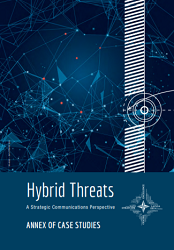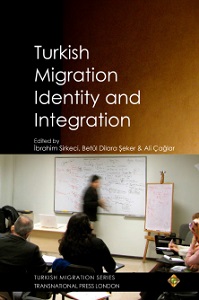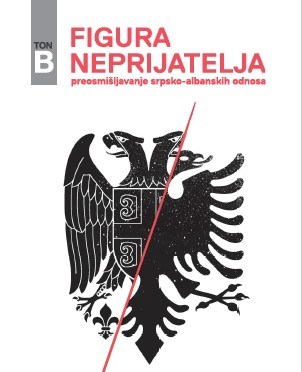Author(s): Sean Aday,Māris Andžāns,Una Aleksandra Bērziņa-Čerenkova,Francesca Granelli,John-Paul Gravelines,Mils Hills,Miranda Holmstrom,Adam Klus,Irene Martinez-Sanchez,Mariita Mattiisen,Holger Mölder,Yeganeh Morakabati,James Pamment,Aurel Sari,Vladimir Sazonov,Gregory Simons,Jonathan Terra / Language(s): English
This report is the product of a research project undertaken by the NATO Strategic Communications Centre of Excellence (NATO StratCom COE), at the request of the governments of Lithuania and Estonia. The project was designed to deepen our understanding of the wide range of measures which come under the umbrella of ‘hybrid threats’. Such measures aim to influence the political decision-making of a targeted nation in a way which hurts their national security interests, predominantly conducted in the ‘grey zone’ between peace, crisis and war. Scope The project broadens the framing of current debates on hybrid threats beyond the most common empirical reference points, which tend to relate to the Russian Federation. A standardized framework is used to analyze case studies which are assessed to offer examples of hybrid threats. Analysis has been conducted from the perspective of ‘Strategic Communications’, which is articulated for this report not simply as a suite of capabilities disseminating messages to explain actions or intentions in support of strategy but as a basic function of statecraft. Strategic Communications is therefore considered both as an overarching philosophy to be inculcated into organizational culture and as a cross-government process, central to integrating the instruments of national power. The research focuses on the national level, where the primary responsibility lies for understanding, identifying and responding to hybrid threats. In this main volume, summaries of 30 cases are provided, of which a representative selection of 10 cases are analysed in detail in a separate annex. In order to limit the scope of the project, this phase of research focuses solely on state actors. Purpose The case studies are not intended to be definitive accounts of a particular scenario or provide templated solutions to similar situations, nor does the inclusion of any particular state actor necessarily conclude malicious intent. The report encourages the reader to take a ‘360-degree view’ of an issue area, deepening their knowledge of factors and considerations relevant to threat assessment. This report is designed to help the reader develop two complementary viewpoints. First, being agile and adaptive enough to deal with emerging security challenges where the identity and intent of adversaries may be unclear or deliberatively deceptive. Threats may also be constituted by the synergy of many different, apparently unconnected measures. Second, the Strategic Communications mindset. This is the notion that everything communicates. The key to an effective strategy is therefore to understand actors and audiences, then integrate policies, actions and words across government in a coherent way to build national resilience and leverage strategic influence.
More...




















